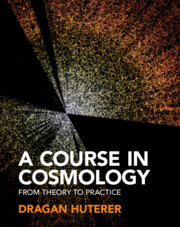The angular correlation is a method for measuring the distribution of structure in the Universe, through the statistical properties of the angular distribution of galaxies on the sky. We measure the angular correlation of galaxies from the second data release of the GaLactic and Extragalactic All-sky Murchison Widefield Array eXtended survey (GLEAM-X) survey, a low-frequency radio survey covering declinations below  $+30^\circ$. We find an angular distribution consistent with the
$+30^\circ$. We find an angular distribution consistent with the  $\Lambda$CDM cosmological model assuming the best fitting cosmological parameters from Planck Collaboration et al. (2020, A&A, 641, A6). We fit a bias function to the discrete tracers of the underlying matter distribution, finding a bias that evolves with redshift in either a linear or exponential fashion to be a better fit to the data than a constant bias. We perform a covariance analysis to obtain an estimation of the properties of the errors, by analytic, jackknife, and sample variance means. Our results are consistent with previous studies on the topic, and also the predictions of the
$\Lambda$CDM cosmological model assuming the best fitting cosmological parameters from Planck Collaboration et al. (2020, A&A, 641, A6). We fit a bias function to the discrete tracers of the underlying matter distribution, finding a bias that evolves with redshift in either a linear or exponential fashion to be a better fit to the data than a constant bias. We perform a covariance analysis to obtain an estimation of the properties of the errors, by analytic, jackknife, and sample variance means. Our results are consistent with previous studies on the topic, and also the predictions of the  $\Lambda$CDM cosmological model.
$\Lambda$CDM cosmological model.
